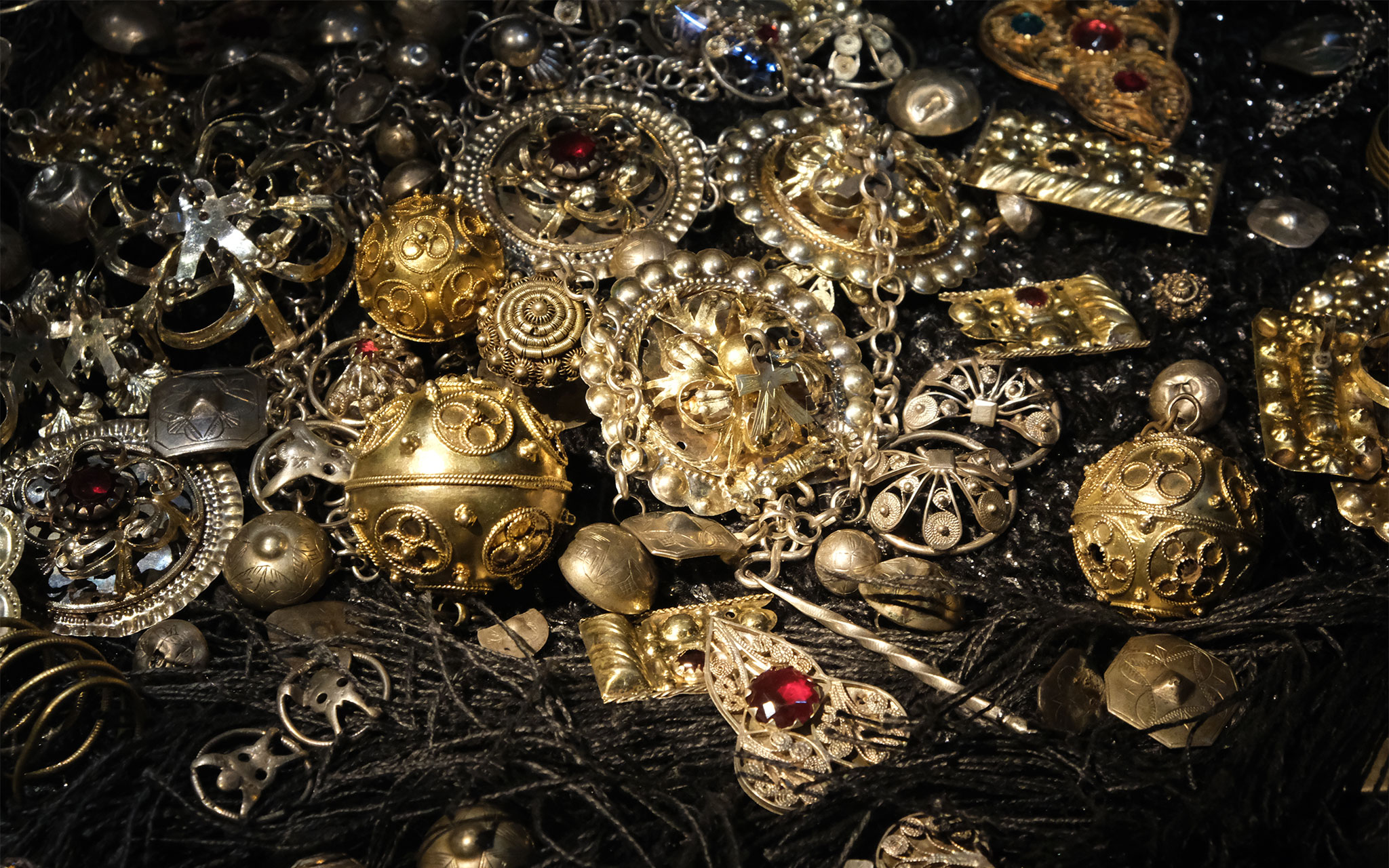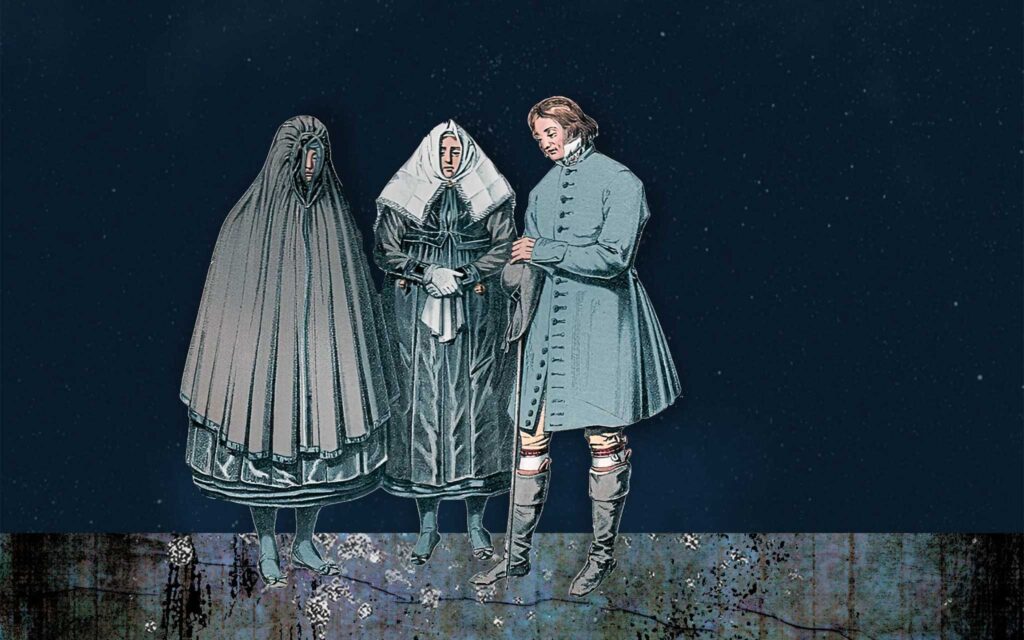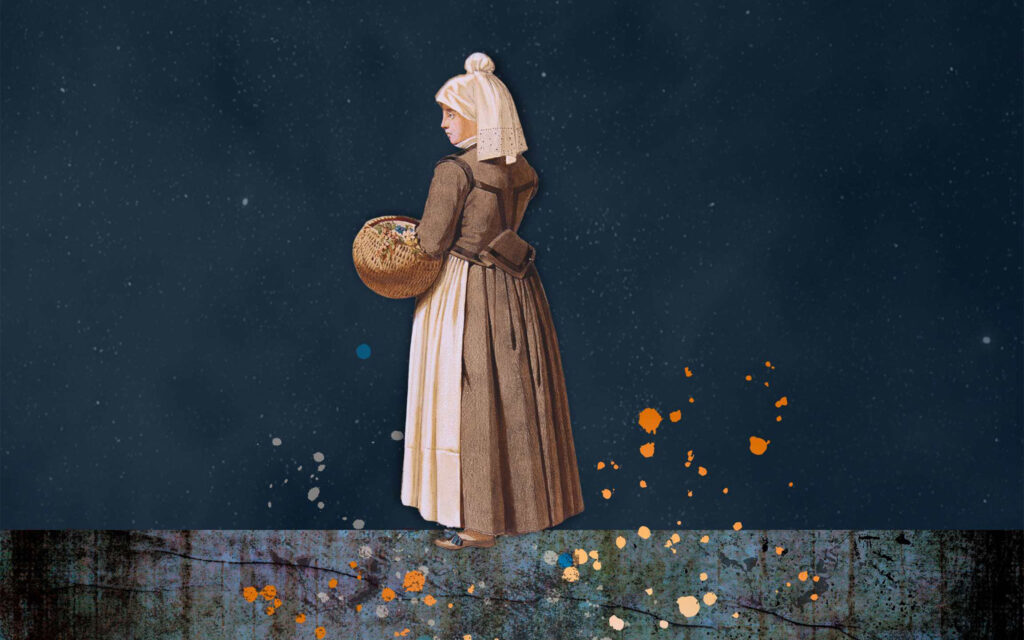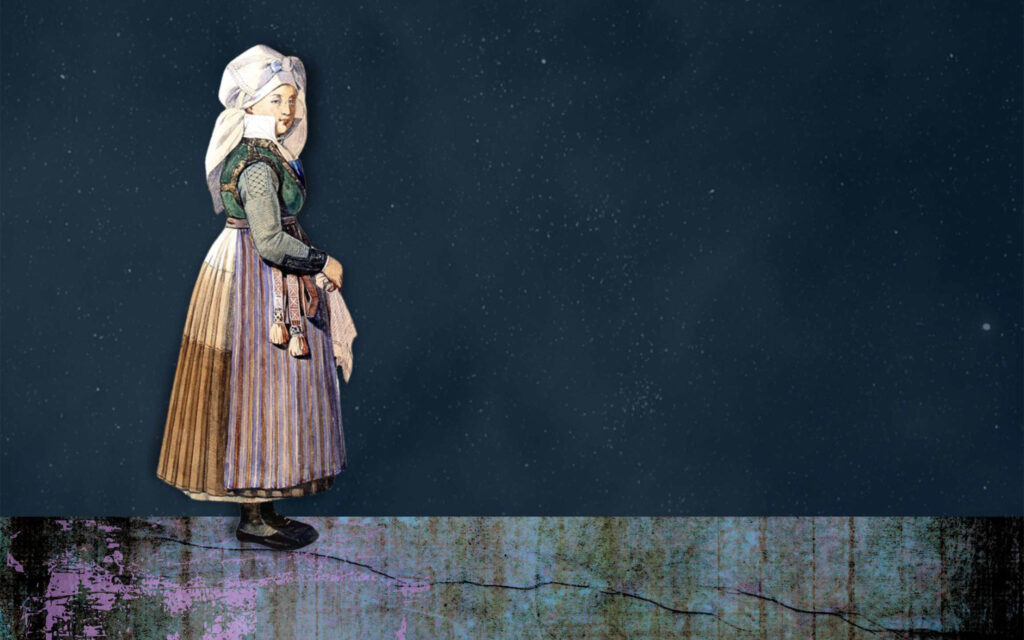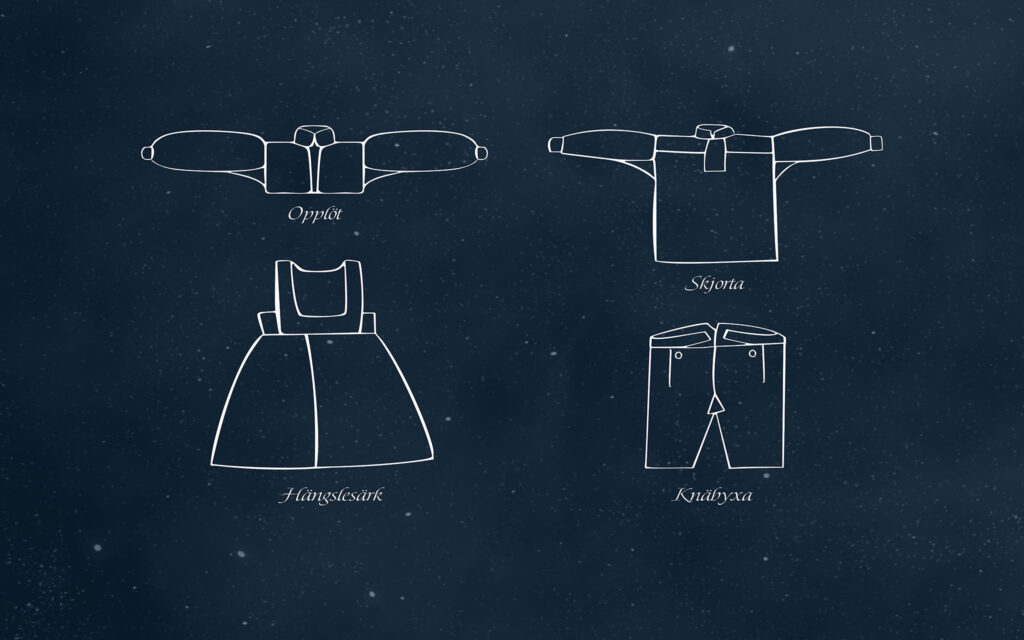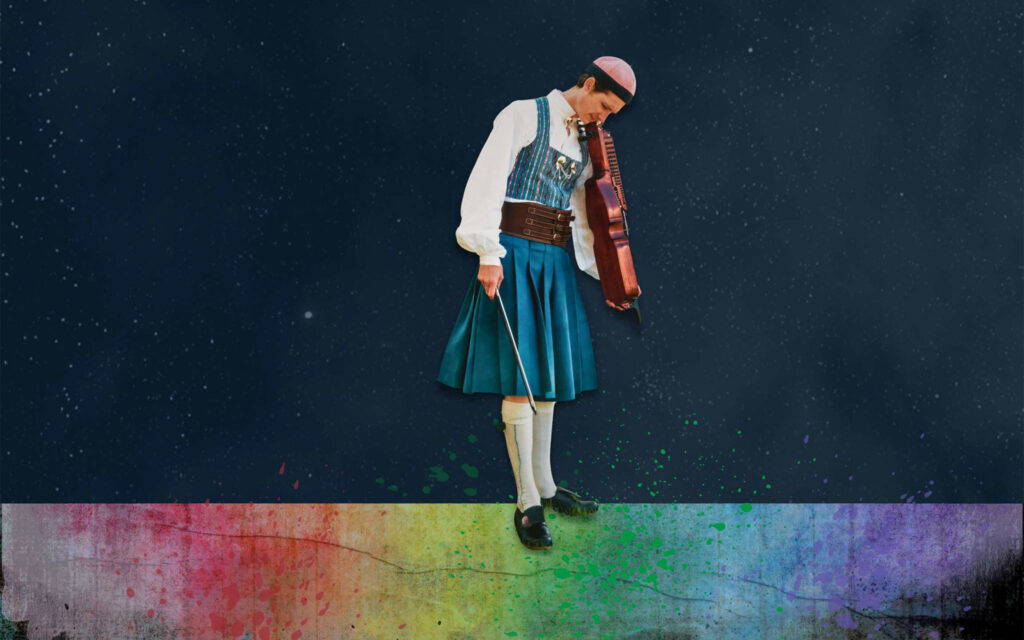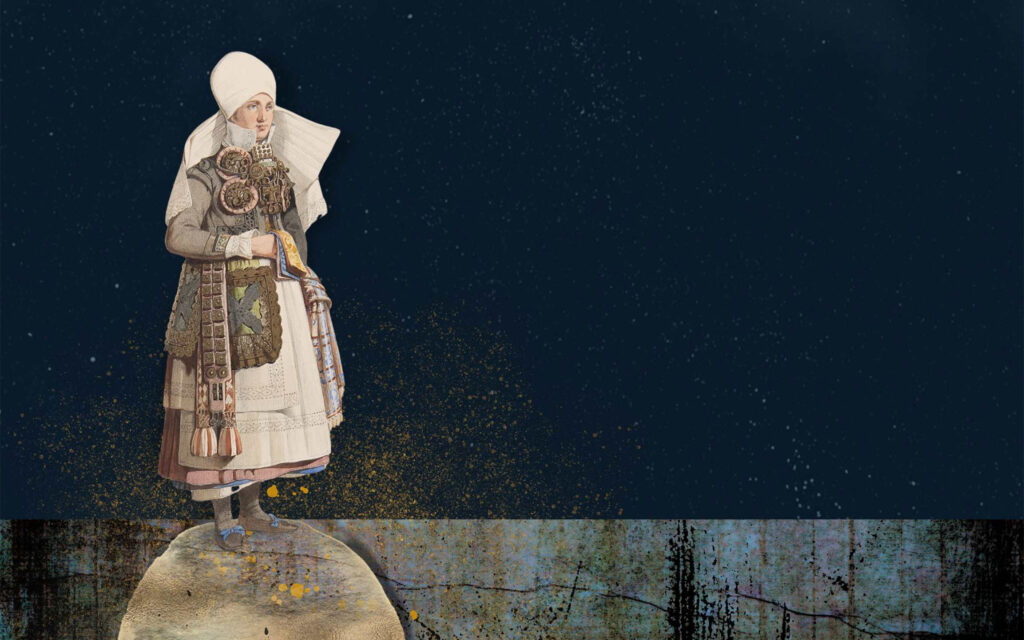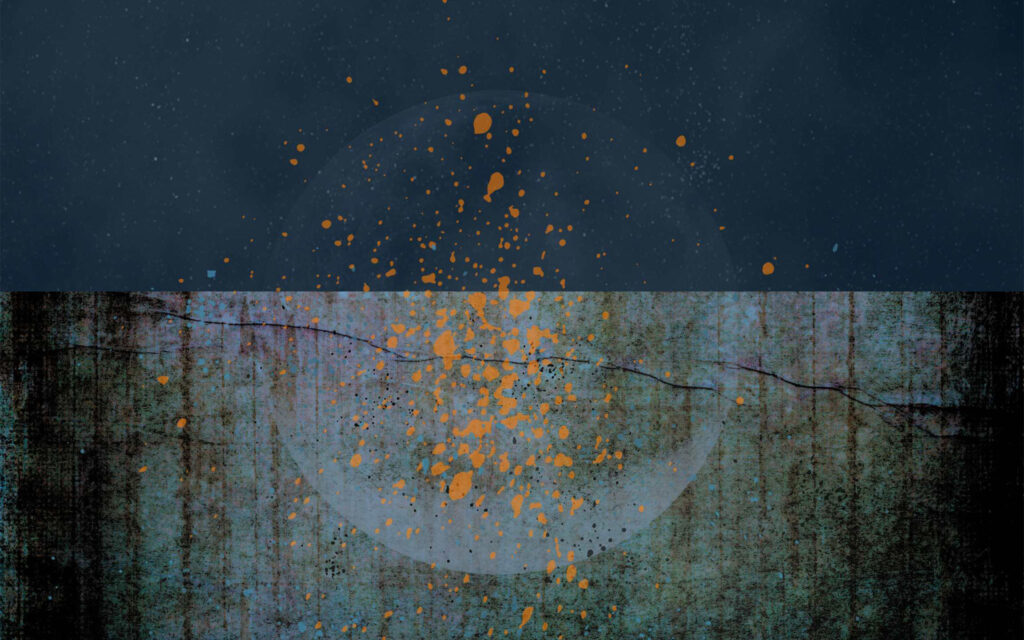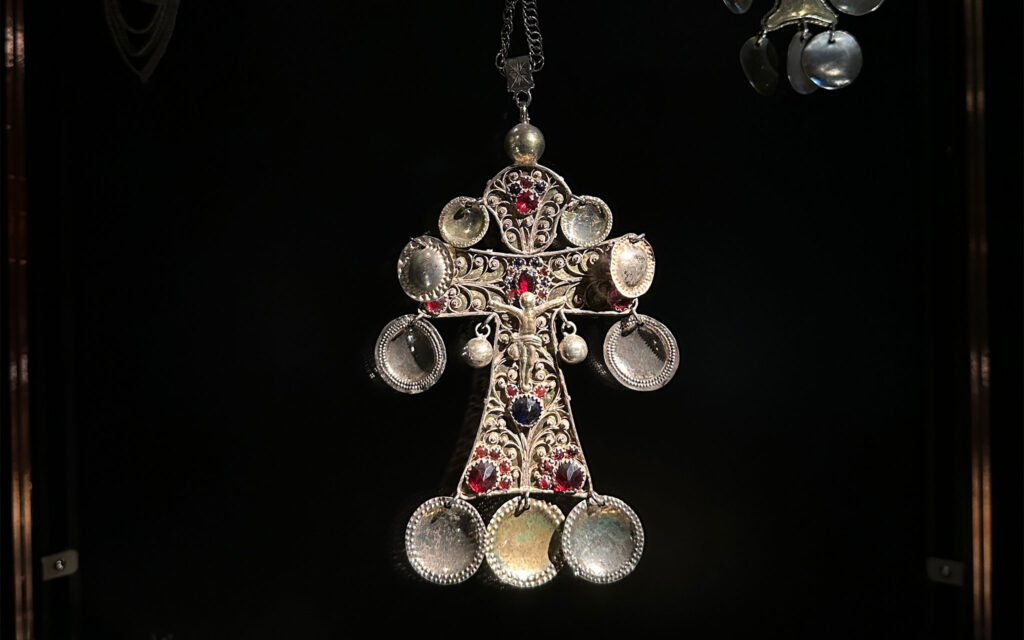(Exhibition text in English, referring to a QR code in the exhibition)
In Scanian traditional costume silver, various types of jewellery were preserved that had once been fashionable among the nobility and the urban bourgeoisie. Forms can be traced back to the late Gothic and Renaissance periods. Catholic traditions live on in depictions of saints—particularly the Virgin Mary—and in pendants featuring the Ave Maria monogram. These appear on everything from brooches to rings. Among women of the rural population, different types of crosses were popular. Over time, these became larger and increasingly elaborate, adorned with more pendants and decorative elements.
From a broader Nordic perspective, similarities can be seen with Scanian, Norwegian, Danish, and Sámi costume silver. This is due to the significant influence of the Hanseatic League, which dominated trade and craftsmanship throughout the Nordic region from the 14th to the 17th century. During the 1500s and 1600s, trade between Scania and the North German cities flourished. Both townspeople and farmers could afford jewellery made by German and Swedish goldsmiths.
A family treasure
At the bottom of the case lies an accumulation of silver jewellery from a single family. The collection mainly consists of items from the early 19th century, many of which are listed in the estate inventory of Karna Nils Dotter (1839–1870). Most pieces are silver, some gilded, and include both reworked, modernized jewellery and damaged items. Though not worn, the damaged pieces held economic value and could be used as material or payment when acquiring new jewellery.
